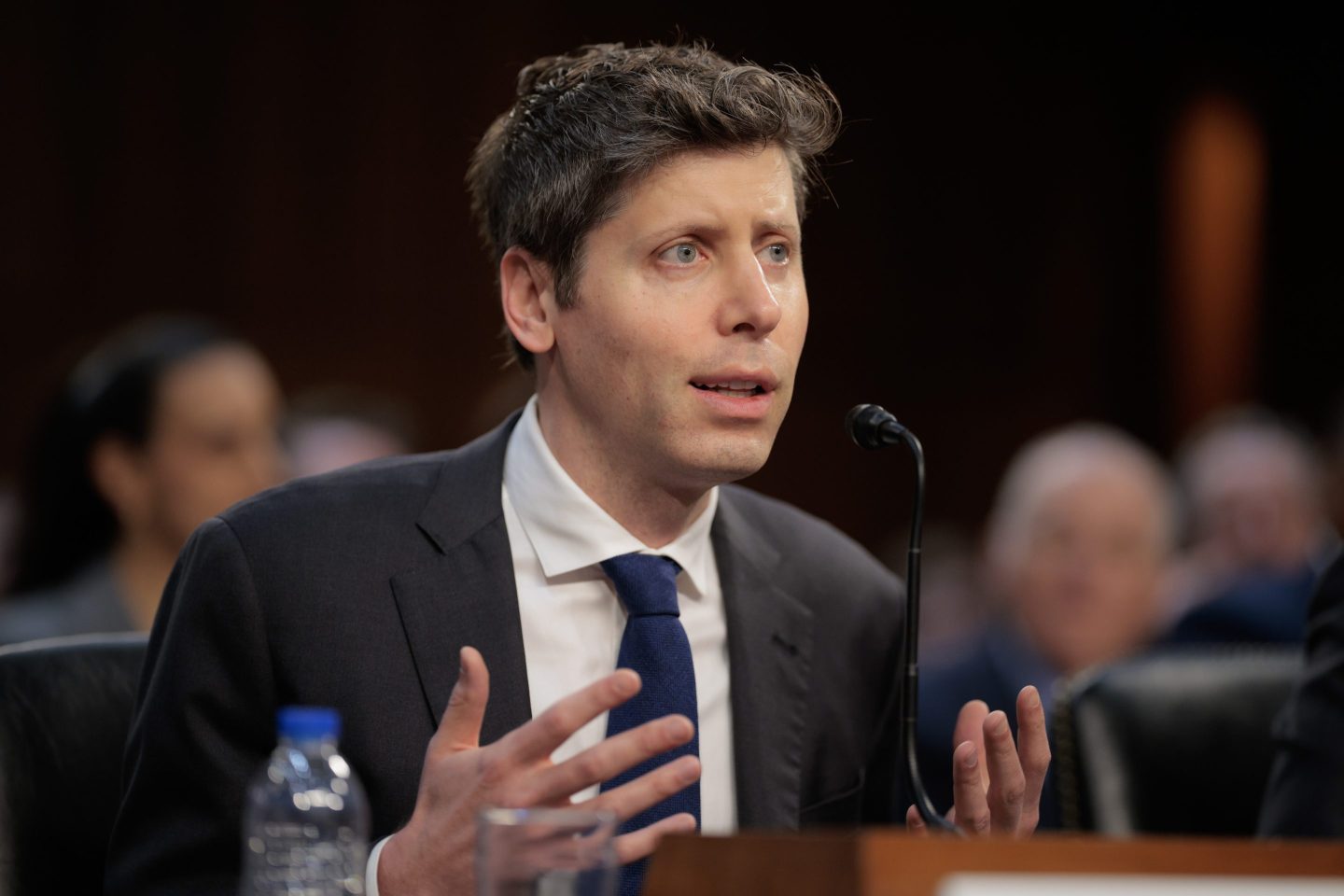Beijing issuing a red alert in response its toxic air yesterday might be the most positive recent development in China’s struggle with air quality.
Red is the most severe warning of a four-colored warning system developed in 2013. But calling it a warning is misleading. It is a really mandate that gives the city government broad powers to ensure that already toxic air doesn’t become nuclear waste over the coming days.
There was some proof it was having effects: the air quality index stayed around 350 Tuesday night. Early last week, when the government didn’t’ issue a red alert, the index rose above 500 for two days, or roughly 25 times the healthy level recommended by the World Health Organization.
The government said the alert would run 7 a.m. Tuesday to noon on Thursday. Beijing’s school system is shut down for kindergarden, elementary and middle schools. Outdoor construction is banned and heavily polluting industrial plants are required to cut down on production or close down entirely. Cars with even or odd license plates are restricted to driving only on alternating days.
The cost of a red alert isn’t cheap. A few economists surveyed didn’t have a ready estimate on Tuesday. But this is the first time Beijing has released one since instituting a color-coded alert system in 2013, following a public uproar over the city’s terrible smog spell in late 2012. When Beijing prepared for a military parade earlier this year, it ordered 10,000 businesses in surrounding provinces to cease operations for more than a week. One economist estimated off-the-record the total cost in the hundreds of millions of dollars.
The government issuing a red alert actually shows some progress. International news stories ran pictures of smoggy Beijing last week at the same time President Xi Jinping was talking about China’s environmental progress in Paris at the U.N. Climate Change Conference. Chinese Internet posters cried hypocrisy—and it appears the government listened.
Still, even though the government talks more openly about smog, and the state-press issues pictures of a smog-infused Bird’s Nest stadium, there’s still evidence the country is keeping a tight lid on how much information is shared.
For instance, the most popular air quality app in China for the iPhone, released by a Chinese company called Fresh-Ideas Studio, doesn’t include the more reliable air quality data from the U.S. Embassy in Beijing. Only when another app is used to bypass the country’s government censorship do the embassy figures appear.
Around my neighborhood in central Beijing, away from the city’s skyscrapers, life was normal. There were a few more pollution masks and a few less cars on the road.
My Tuesday was probably typical of many. I woke up, saw the outrageous AQI reading, turned up my air purifier, and stayed home to work. A foreign friend posted a picture of him sleeping in after getting notice the Chinese school where he teaches would be closed for a couple days.
It’s not unlike a snow day in the Midwest: you know the smog is coming, so you laugh about the fun of a “smog day” and move on.
Beijing has suffered from choking air throughout its history: first from coal-fired heating stoves, and now effects of rapid development and a city bursting with 22.5 million people.
But for the first time the government is screaming “red alert”—and taking drastic measures to fix the short term effects, even though it’s clear Beijing will continue suffering from smog for a while.






